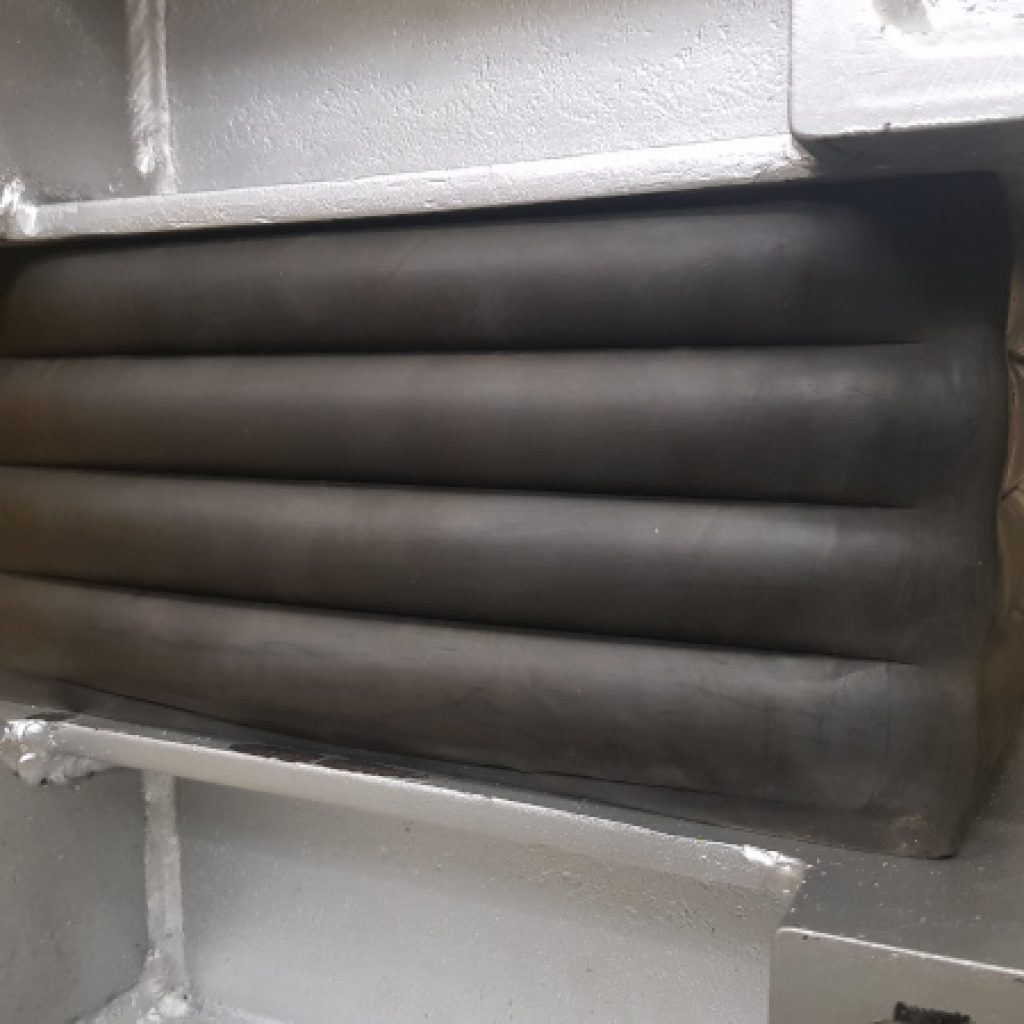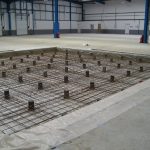Lateral Building Restraint Bearings, Stonegrove
Mason UK were contracted to design lateral building restraints to tie two buildings together structurally, whilst still being separated acoustically.
The load was significant, so normal catalogue wall ties could not be used. We designed bespoke assemblies to suit.
First our Engineers designed the bearings to suit the design loads and achieve the specified frequency requirement. Once the bearing sizes were established the steel work was designed around the bearings. In layman’s terms the Building restraint acts as a large capacity sway brace.
The assemblies were fitted to floor-plated on each level. They were then incorporated into block walls, so the enclosures were designed to protect against the ingress of mortar.
The bearings were moulded from Low Dynamic Stiffness Bridge Bearing Natural Rubber which has a certified life span in excess of 50 years.
Restraint design
Two bearings are required because load could be imposed in either direction. Whether the load was pushing or pulling, rubber is placed in compression.
The assembly was supplied pre-compressed. This greatly limits any movement due to imposed load and minimises force back to structure.
The design means that the correct frequency response occurs from zero load and improves as further load is applied.







